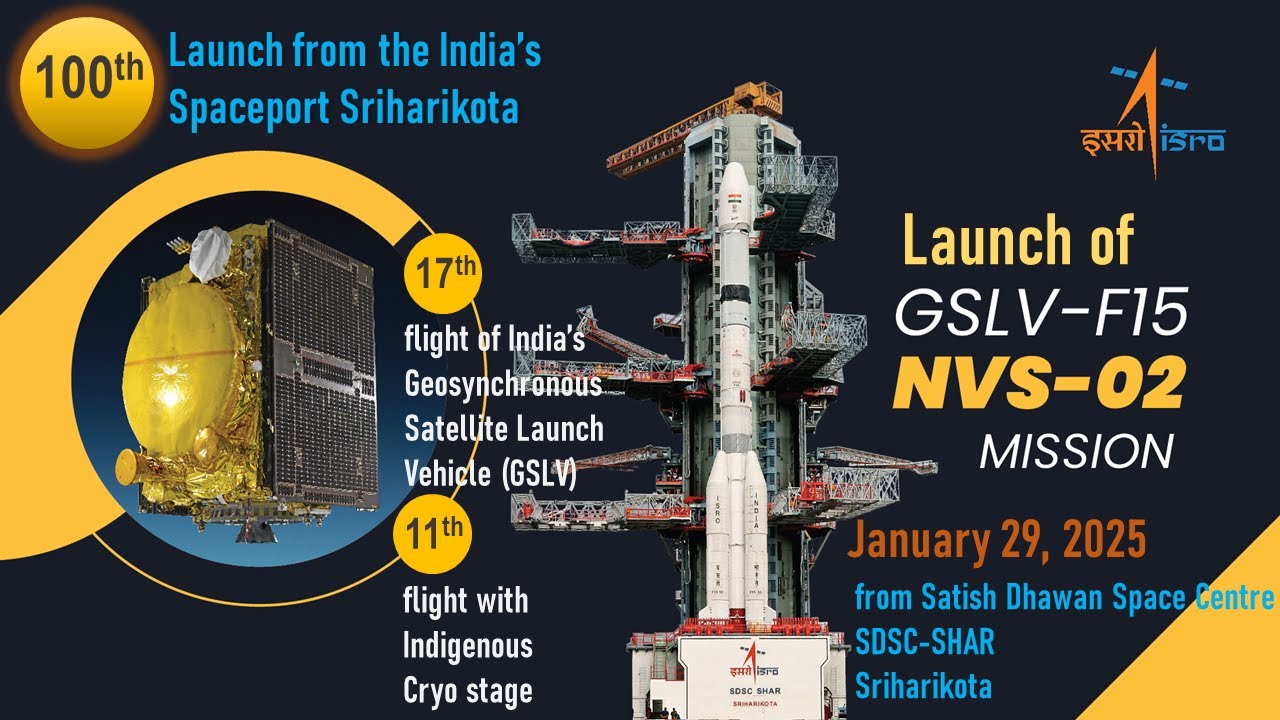Springtime in the South Polar region of Mars is a season of exciting activity. The thick coating of carbon dioxide ice that accumulated over the winter begins to sublimate (turn to vapor) as the sun rises higher in the sky and warms the ice. Sunlight penetrates through the transparent ice, and is absorbed at the base of the ice layer. The gas that forms as a result of the warming escapes through weaknesses in the ice and erupts in the form of magnificent geysers of gas and dust.
Read MoreMonth: January 2025
NASA, Partners to Welcome Fourth Axiom Space Mission to Space Station
The Axiom Mission 4, or Ax-4, crew will launch aboard a SpaceX Dragon spacecraft to the International Space Station from NASA’s Kennedy Space Center in Florida no earlier than Spring 2025. From left to right: Tibor Kapu of Hungary, ISRO (Indian Space Research Organization) astronaut Shubhanshu Shukla, former NASA astronaut Peggy Whitson, and ESA (European Space Agency) astronaut Sławosz Uznański-Wiśniewski of Poland. Credit: SpaceX NASA and its international partners have approved the crew for Axiom Space’s fourth private astronaut mission to the International Space Station, launching from the agency’s Kennedy…
Read More6 NASA Experiments on Materials, Benefitting Space and Earth
A Lysozyme crystal grown in microgravity, viewed under a microscope using X-ray crystallography. NASA Did you know that NASA conducts ground-breaking research in space on materials like metals, foams, and crystals? This research could lead to next-generation technology that both enables deep-space exploration and benefits humanity. Here are six studies scientists have conducted on the International Space Station that could have profound implications for future space travel and also improve products widely used on Earth: 01 Advancing construction and repairing techniques with liquid metals Researchers are looking at the effects…
Read MoreMuestra de la NASA del asteroide Bennu revela un ‘caldo’ con los ingredientes de la vida
En este fotograma de video, Jason Dworkin sostiene un vial que contiene parte de la muestra del asteroide Bennu que la misión Orígenes, Interpretación Espectral, Identificación de Recursos y Seguridad – Explorador de Regolito (OSIRIS-REx, por sus siglas en inglés) de la NASA trajo a la Tierra en 2023. Dworkin es el científico del proyecto de la misión en el Centro de Vuelo Espacial Goddard de la NASA en Greenbelt, Maryland. Credit: NASA/James Tralie Read this release in English here. Los estudios de las rocas y el polvo del asteroide Bennu…
Read MoreNASA’s Asteroid Bennu Sample Reveals Mix of Life’s Ingredients
In this video frame, Jason Dworkin holds up a vial that contains part of the sample from asteroid Bennu delivered to Earth by NASA’s OSIRIS-REx (Origins, Spectral Interpretation, Resource Identification, and Security – Regolith Explorer) mission in 2023. Dworkin is the mission’s project scientist at NASA’s Goddard Space Flight Center in Greenbelt, Maryland. Credit: NASA/James Tralie Lee esta nota de prensa en español aquí. Studies of rock and dust from asteroid Bennu delivered to Earth by NASA’s OSIRIS-REx (Origins, Spectral Interpretation, Resource Identification and Security–Regolith Explorer) spacecraft have revealed molecules…
Read MoreFirefly Aerospace’s Blue Ghost lunar lander snaps its 1st photos of the moon (images)
Firefly Aerospace’s Blue Ghost moon lander has snapped its first photos of its distant target. On Monday (Jan. 27), Texas-based Firefly released two photos of the moon that Blue Ghost captured from Earth orbit. One shows the natural satellite all alone, a small grayish dot in an empty black sea; the other is a selfie, showing the moon glowing above some of Blue Ghost’s golden hardware. “While Blue Ghost is in Earth orbit, we’ll continue to keep an eye on our final destination! To the moon!” Firefly said in a…
Read MoreWatch India launch a new navigation satellite into orbit today on its 1st mission of 2025
Launch of GSLV-F15/NVS-02 Mission from Satish Dhawan Space Centre (SDSC) SHAR, Sriharikota – YouTube Watch On India will launch its first mission of 2025 this evening (Jan. 28), and you can watch the action live. The Indian Space Research Organisation‘s (ISRO) Geosynchronous Satellite Launch Vehicle (GSLV) is scheduled to lift off from Satish Dhawan Space Centre, on the island of Sriharikota, today at 7:53 p.m. EST (0053 GMT and 6:23 a.m. local time on Jan. 29). It will be the 100th launch overall from the spaceport, according to ISRO. You…
Read MoreSatellites watch world’s largest iceberg on crash course with Antarctic penguin island (photo/video)
The world’s largest iceberg, A23a, is drifting toward South Georgia Island, a remote and ecologically vital wildlife haven. This massive block of ice, about the size of Rhode Island, poses a significant threat to the delicate ecosystem of the island, home to penguins and seals. Satellite images, including recent data captured by NOAA’s GOES East satellite on Jan. 22, 2025, are closely monitoring the iceberg’s slow journey through the Southern Ocean, where it could soon reach the shallow waters surrounding South Georgia. Breaking free Iceberg A23a has been a concern…
Read MoreHow to Fly NASA’s Orion Spacecraft
During the Artemis II mission to the Moon, NASA astronauts Reid Wiseman and Victor Glover will take control and manually fly Orion for the first time, evaluating the handling qualities of the spacecraft during a key test called the proximity operations demonstration. This is how to fly Orion. On NASA’s Artemis II test flight, the first crewed mission under the agency’s Artemis campaign, astronauts will take the controls of the Orion spacecraft and periodically fly it manually during the flight around the Moon and back. The mission provides the first…
Read MoreWolf Moon in Washington
NASA/Bill Ingalls A NASA photographer captured the full “wolf” moon rising over the Lincoln Memorial and Memorial Bridge on Jan. 13, 2025. The Maine Farmers’ Almanac began publishing Native American names for full moons in the 1930s. Over time, these names have become widely known and used. According to this almanac, the full moon in January is called the Wolf Moon, from the packs of wolves heard howling outside the villages amid the cold and deep snows of winter. Get tips and guides on skywatching. Image credit: NASA/Bill Ingalls
Read More







